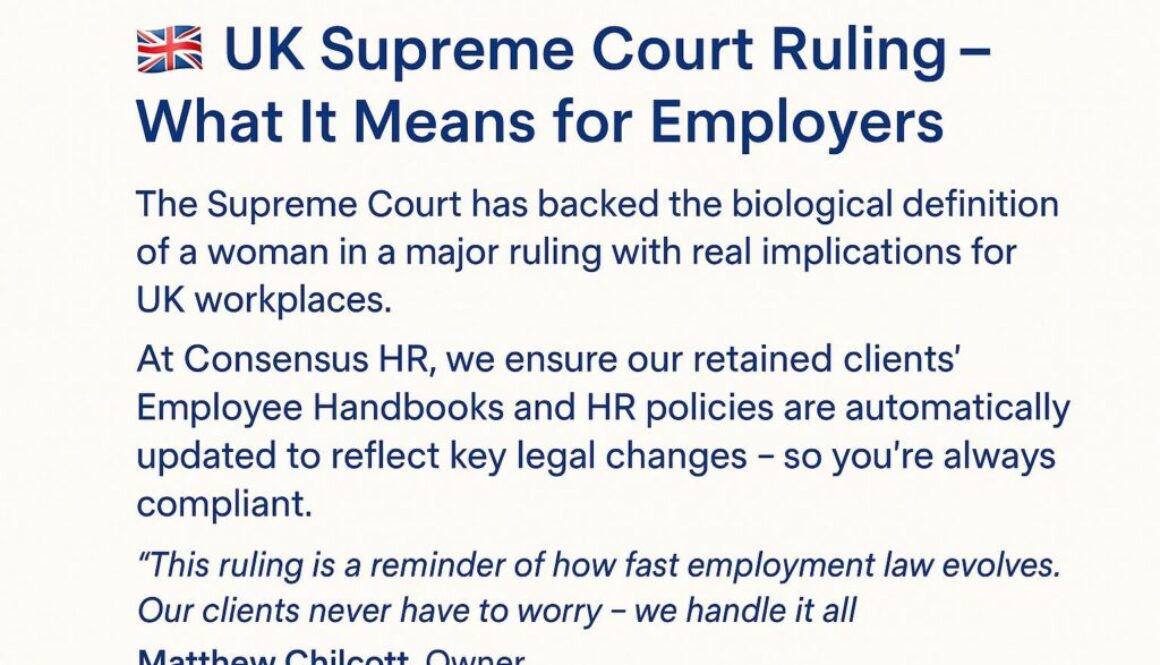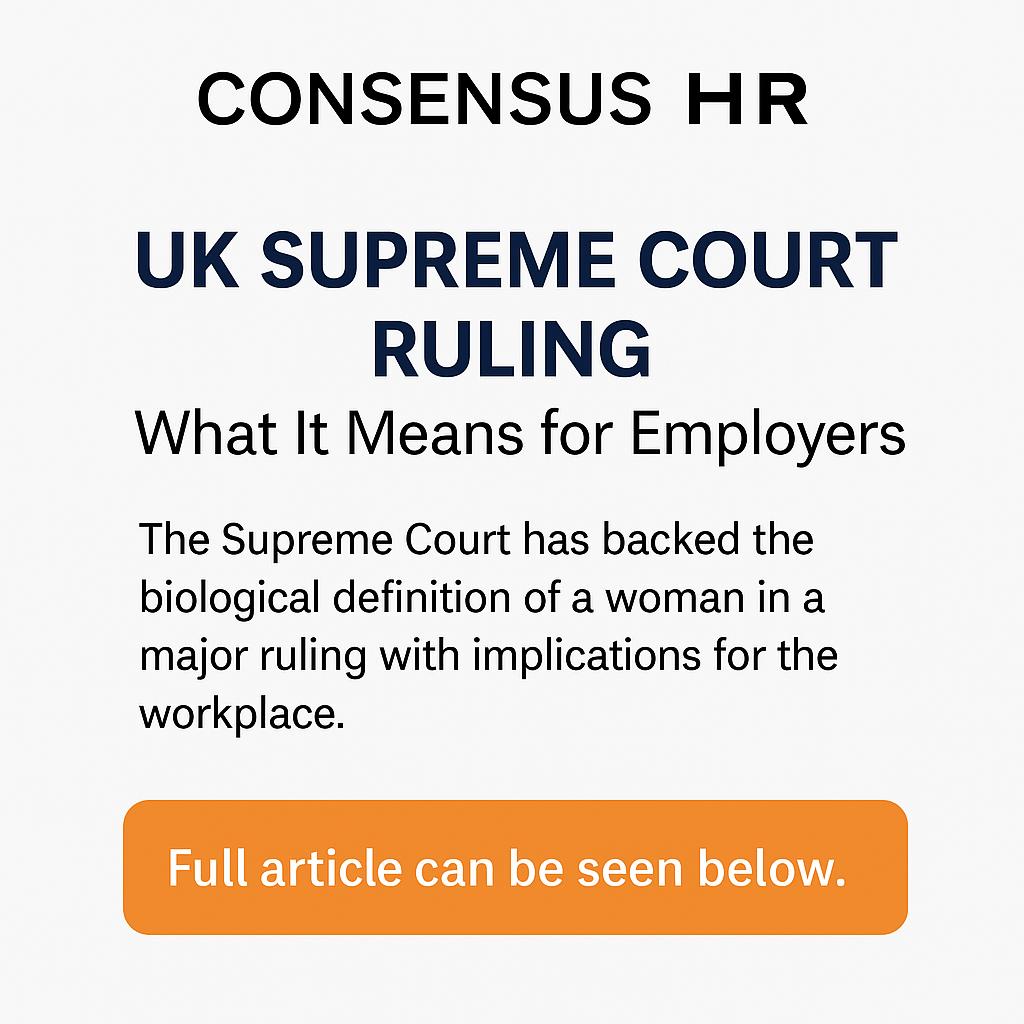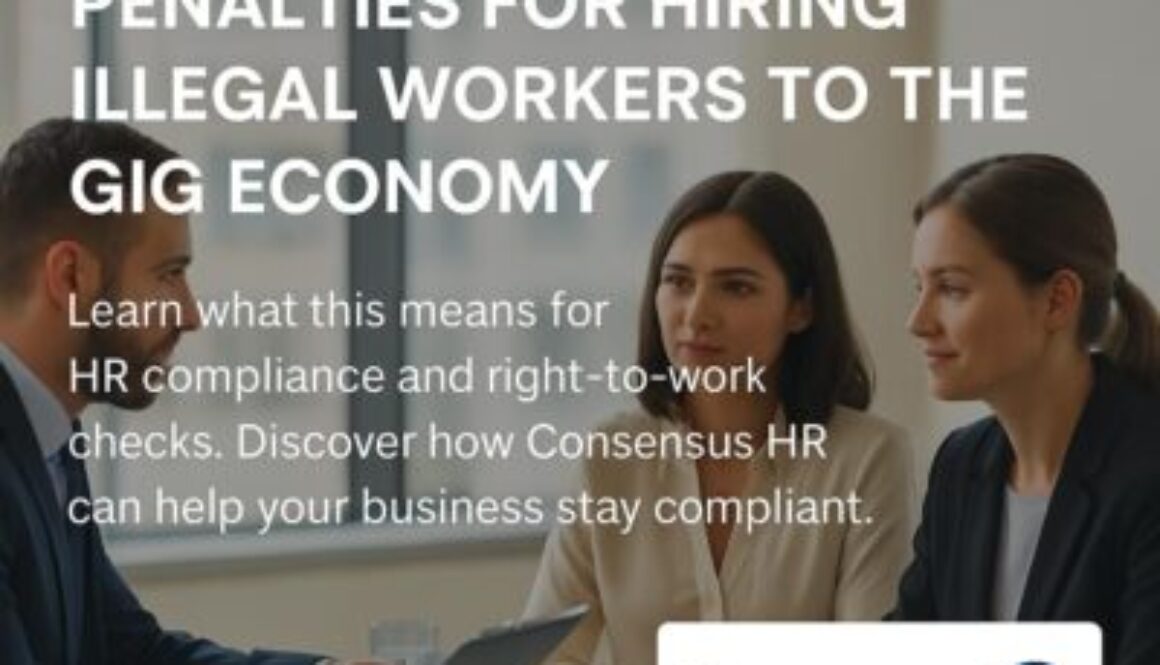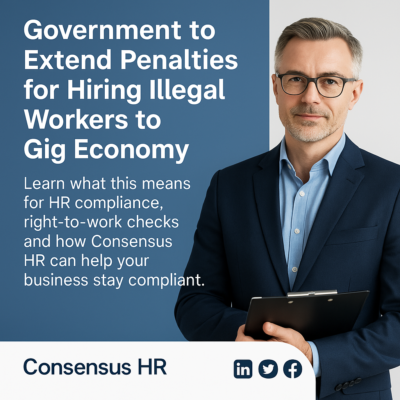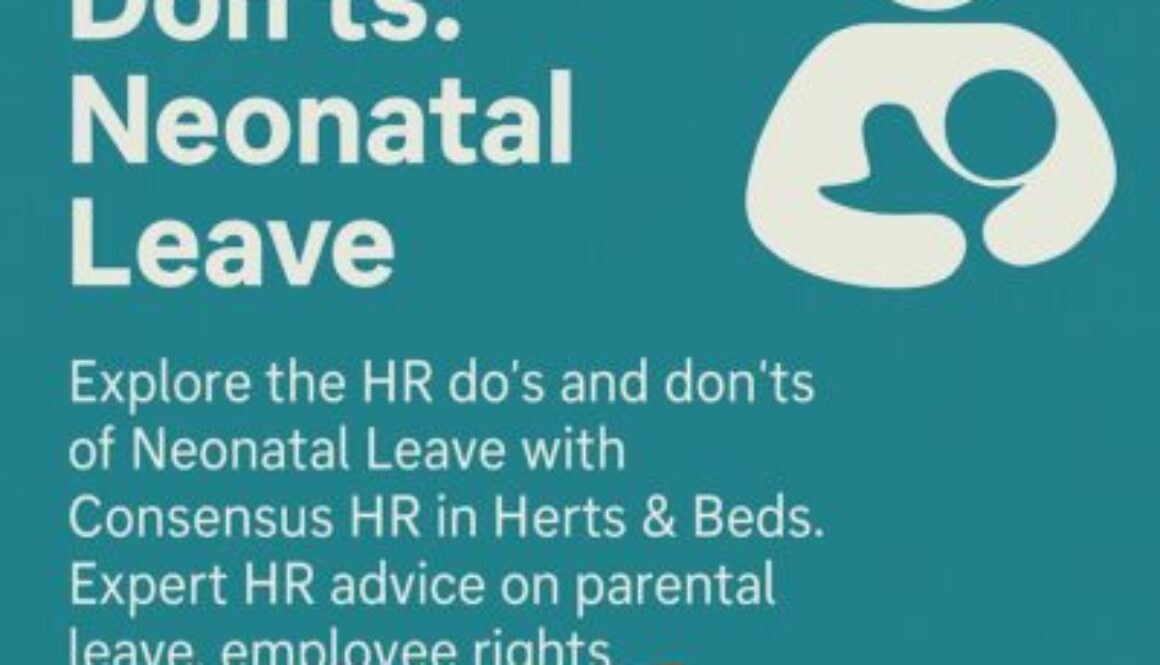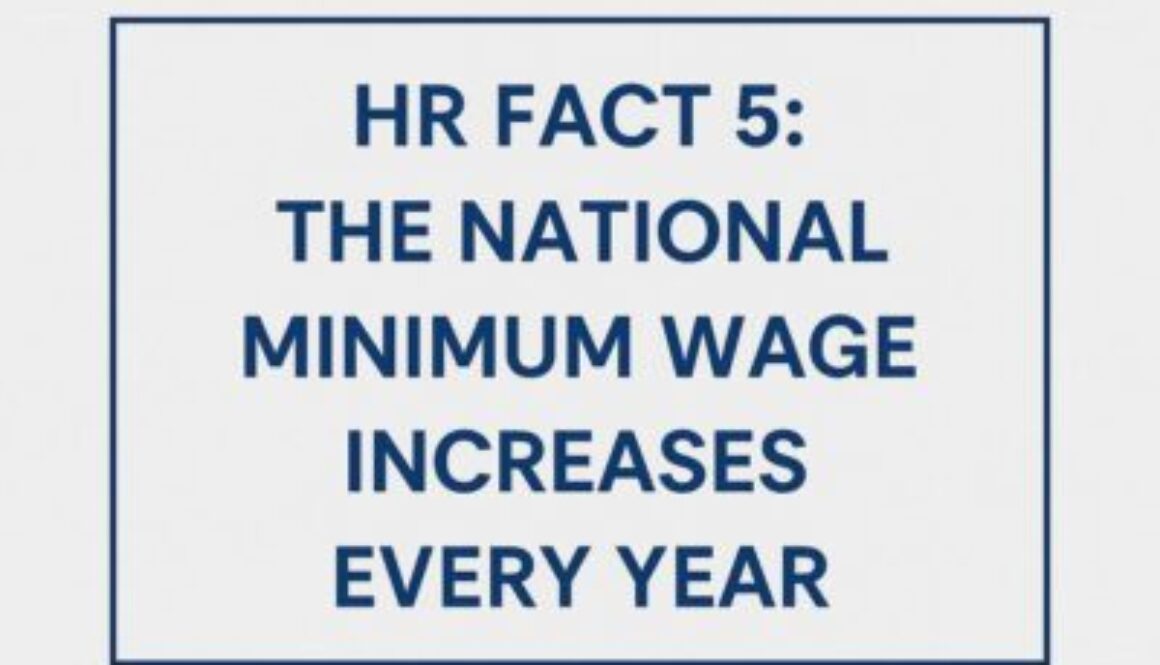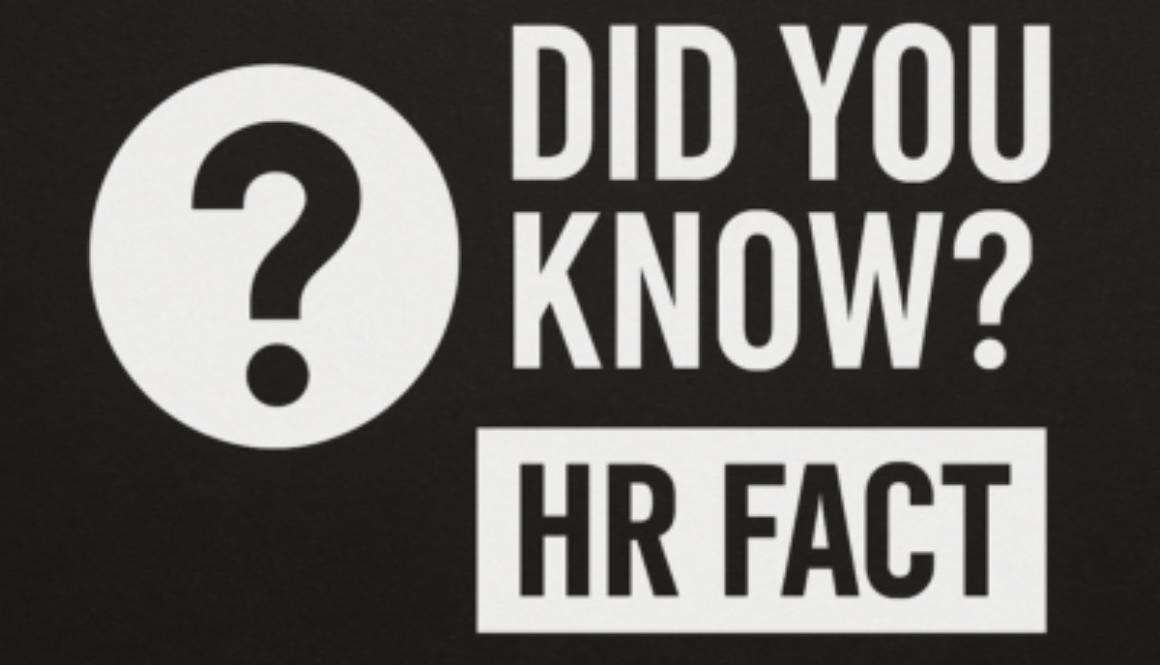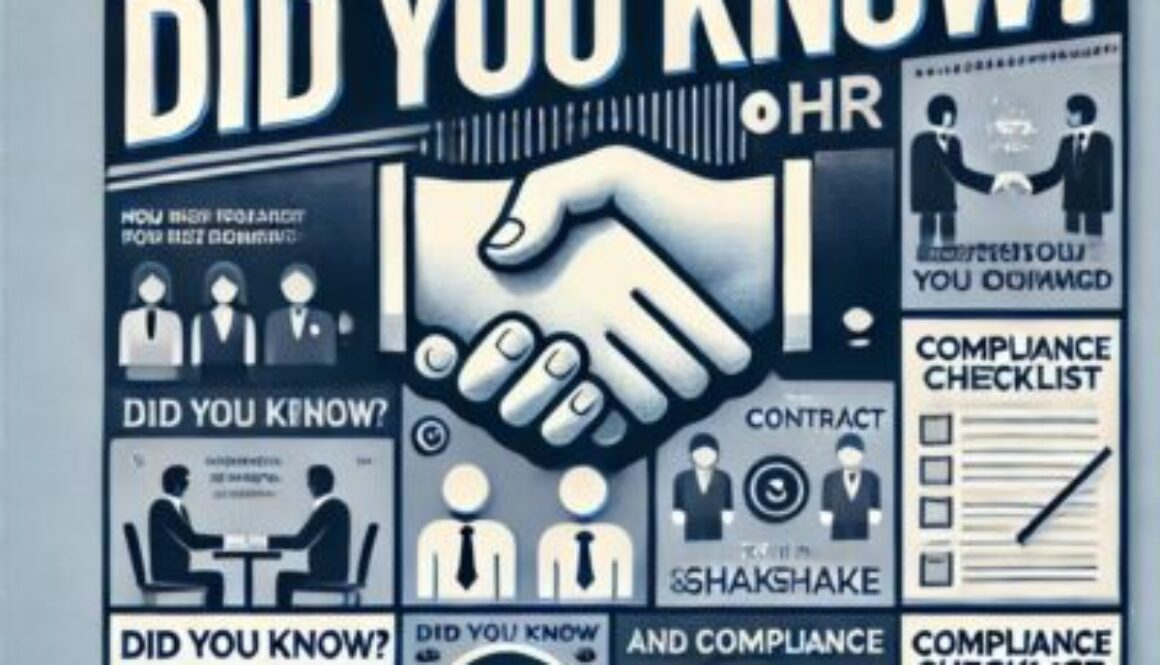HR Best Practice for Bank Holidays – Good Friday 2025 | Consensus HR in Herts & Beds
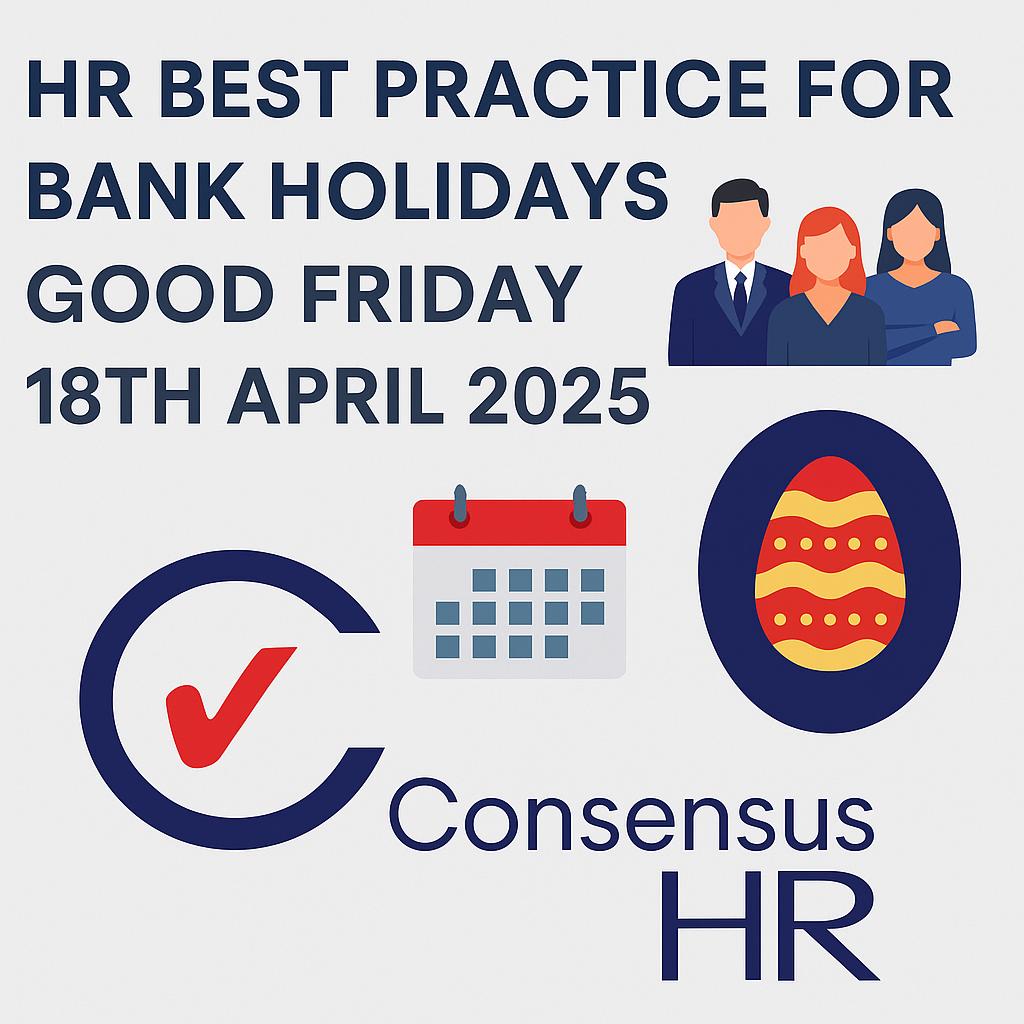
By Matthew Chilcott, Owner, Consensus HR
As the Easter weekend approaches, many businesses and employees look forward to some well-earned rest. Good Friday, falling on 18th April 2025, is a UK statutory bank holiday and presents an opportunity for employers to reflect on best practices when managing time off, employee rights, and maintaining a positive work culture.
At Consensus HR, we understand the importance of fair and consistent HR policies around bank holidays and annual leave. Whether you’re a small business or a growing organisation, ensuring compliance with UK Employment Law is essential.
Key HR Considerations for Good Friday and Bank Holidays:
✅ Holiday Entitlement – Under the Working Time Regulations 1998, full-time employees are entitled to a minimum of 28 days’ holiday per year, which may or may not include bank holidays depending on your contract terms.
✅ Pro-Rata for Part-Time Workers – Don’t forget that part-time staff should receive a pro-rata equivalent of paid leave, including bank holidays, to ensure fairness and avoid discrimination claims.
✅ Clarity in Contracts – Employment contracts should clearly outline how bank holidays are treated. Are they included in annual leave? Are employees required to work? Transparency avoids confusion and potential disputes.
✅ Religious Sensitivity – Good Friday holds religious significance for many. Employers should be mindful and respectful of employees’ beliefs and be prepared to consider reasonable adjustments where appropriate.
✅ Planning Ahead – HR teams should encourage managers to plan rotas in advance to avoid disruption during peak leave periods such as Easter and Christmas.
HR Keywords for Success:
- HR compliance
- Employment law advice
- Holiday entitlement
- Part-time holiday pay
- Statutory leave
- Workplace policies
- Staff wellbeing
- HR support for SMEs
- Bank holiday employee rights
- Managing employee leave
A Word from Matthew Chilcott, Owner of Consensus HR:
“At Consensus HR, we believe that consistent and compliant HR practices build trust and engagement across your team. Good Friday is a great time to reflect on how your business manages bank holidays, and to make sure your policies are working in both the business’s and your team’s best interests. A little planning goes a long way when it comes to building a positive company culture and avoiding unexpected HR challenges.”
– Matthew Chilcott, HR Consultant and Owner of Consensus HR
How Consensus HR Can Help:
Our retained HR services ensure your business has the support it needs to navigate all aspects of employee management, from holiday leave calculations and contract reviews to performance management and HR compliance.
Let us take the stress out of HR, so you can focus on running your business.
Let’s Connect:
📱 Follow us on social media for the latest HR tips and employment law updates:
- LinkedIn: https://www.linkedin.com/company/consensus-hr/
- Facebook: https://www.facebook.com/ConsensusHR/
- Twitter (X): https://twitter.com/consensushr
- Instagram: https://www.instagram.com/consensushr/
📩 Or get in touch directly at: [email protected]
🌐 Visit us online: https://www.consensushr.com
Wishing you a peaceful and well-deserved break this Good Friday.
From all of us at Consensus HR – your partner in people management made simple.
To view more about our range of HR & Employment Law Services
Are you concerned about keeping your business up to date with Employment Law changes?
Your Outsourced Human Resources (HR) Department.
For further information on any of the HR subjects we provide, please click the heading below:



